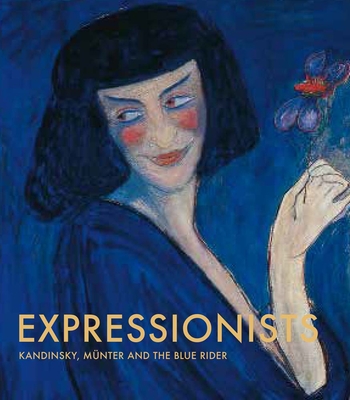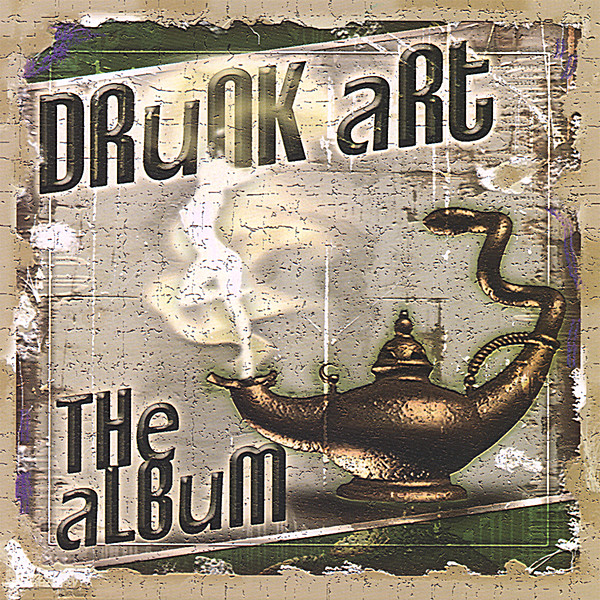
description
gins of the German Expressionist movement and the influential Blue Rider group, focusing on their relationships and transcultural interests Founded in Munich in the 1910s, the Blue Rider (Der Blaue Reiter) was a revolutionary collective of artists, musicians, performers and writers that included Wassily Kandinsky, Paul Klee, Franz Marc, Gabriele Münter and Marianne Werefkin, among many others. Their experiments with color, sound and light were key to the development of Expressionism, and their practice was stunningly varied. The group's works encompassed painting, sculpture, design, curation, publishing, printmaking, textiles, performative arts, and even branched into sound and spirituality. This book offers an essential overview of the Blue Rider collective. Often described in conjunction with the German Expressionist movement, the Blue Rider was in fact one of the first transnational modern art collectives. This is a key focus of the book, along with along with new research foregrounding the relationships, gender dynamics and multimedia practices of the collective. New scholarship from more than a dozen international experts illuminates these themes as well as questions of spatiality, studio practice and creative community, with particular focus on the contributions of women associated with the Blue Rider circle. This richly illustrated publication features works by these acclaimed artists along with a trove of materials from their personal collections, including photography, international art, crafts and vernacular artifacts, and a comprehensive biographical section that serves as an important introduction to the circle of the Blue Rider creatives, including overlooked artists such as Wladimir Burliuk and Maria Franck-Marc. Published in association with Tate Exhibition schedule: Tate Modern, London
(April 25-October 20, 2024)
(April 25-October 20, 2024)
member goods
No member items were found under this heading.
Return Policy
All sales are final
Shipping
No special shipping considerations available.
Shipping fees determined at checkout.







